Story and photos by Anita Westervelt, Texas Master Naturalist
Unlikely yard birds became frequent visitors after July rains caused the resaca to jump its banks and claim a good portion of the lower grounds, where just days before was part of our backyard.
On the bright side, the unusual event created new shallows that attracted great white egrets, black-crowned night herons and green and little blue herons closer to our view. Minnows, carp and blue tilapia were easy prey as the fish discovered the expanded environment. Big wading birds stand motionless, patiently waiting for prey to come within their reach. When they move, they take deliberate steps in near-slow motion so as not to scare their prey.
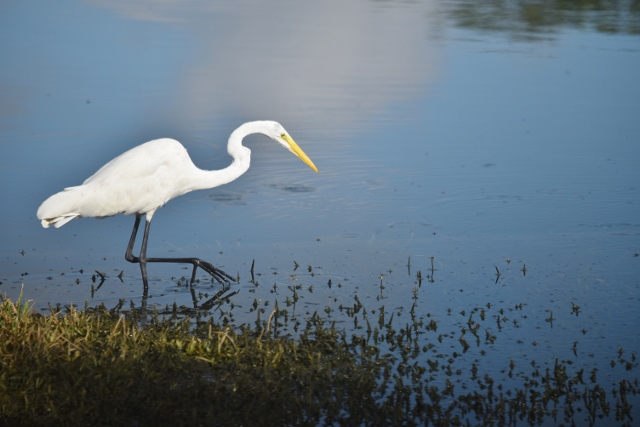
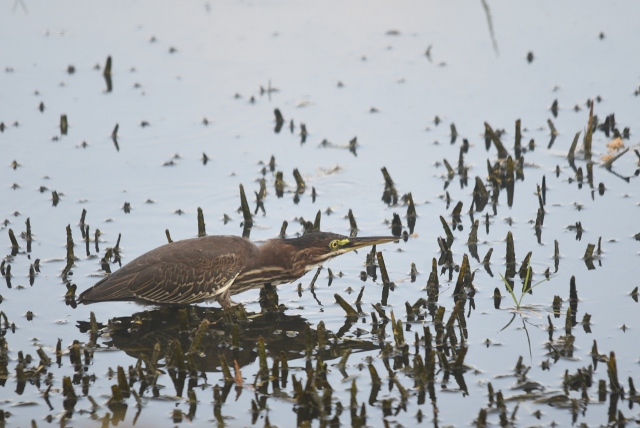
As the floodwaters receded, a muddy, swampy mess was left with its own special breed of pond bugs, beetles and other insects; minnows were trapped in their own small pools, and water spiders navigated the changing terrain. Gone were the large, long-billed, long-necked, long-legged wading birds. Smaller birds and shorebirds, like killdeer and spotted sandpipers, took their place — birds that normally foraged the yonder undeveloped shore of the resaca had discovered this new, but temporary, habitat.
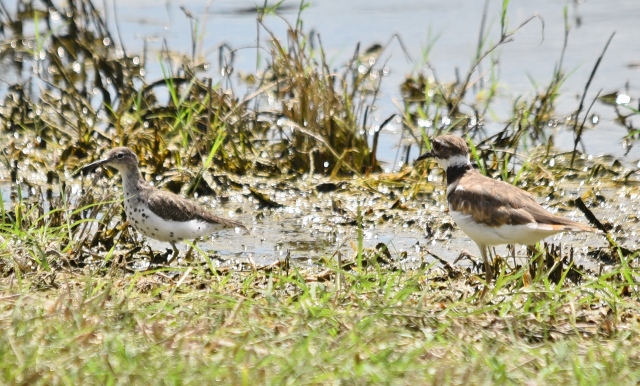
Shorebirds favor mudflats, marshes and tidal flats. They live near a variety of wetlands, like rivers, resacas and sandy beaches. As a rule, shorebirds have rounded heads and longer legs than perching birds and long, straight, thin bills for probing for food in mud, sand and water. Many have bold markings, like killdeers, and some species have colorful legs. Most have long wings, a short tail and waterproof feathers; they are strong fliers. Shorebirds are not stealthy when searching for food, but no less successful than wading birds; shorebirds walk, run, dart or scurry around their feeding arena.
Killdeers are in the plover family of shorebirds; they are the largest of the ringed plovers with a wingspan of 18 to 21 inches. They have two distinct black bands across the upper breast, white underparts and dark tan and orange mottled back feathers. The tail and rump show rust-brown in flight. They have dark eyes with a red eye ring.
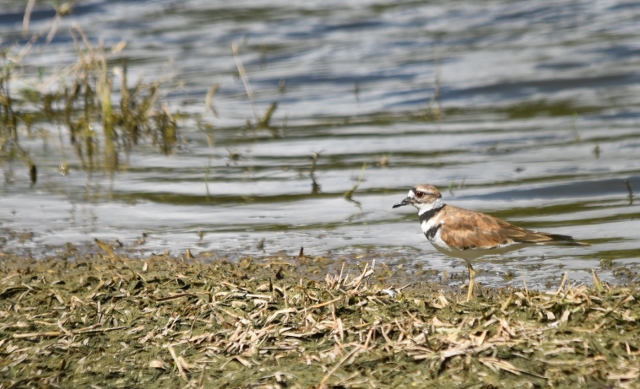
Killdeer use a run and peck action to hunt prey. They feed on a wide variety of insects, including beetles, caterpillars, grasshoppers, fly larvae, spiders, earthworms, centipedes, crayfish, snails, terrestrial invertebrates, and a small amount of weed seeds.
While foraging, killdeer bob their head when they pause; spotted sandpipers bob their tails up and down constantly while foraging. Spotted sandpipers poke into sand or mud in rapid movements with their bills, lunge at moving prey, catch flying insects or pick bugs off of plants. Their diet includes just about anything small enough for them to eat, such as midges, mayflies, flies, grasshoppers, crickets, worms, snails and small crustaceans.
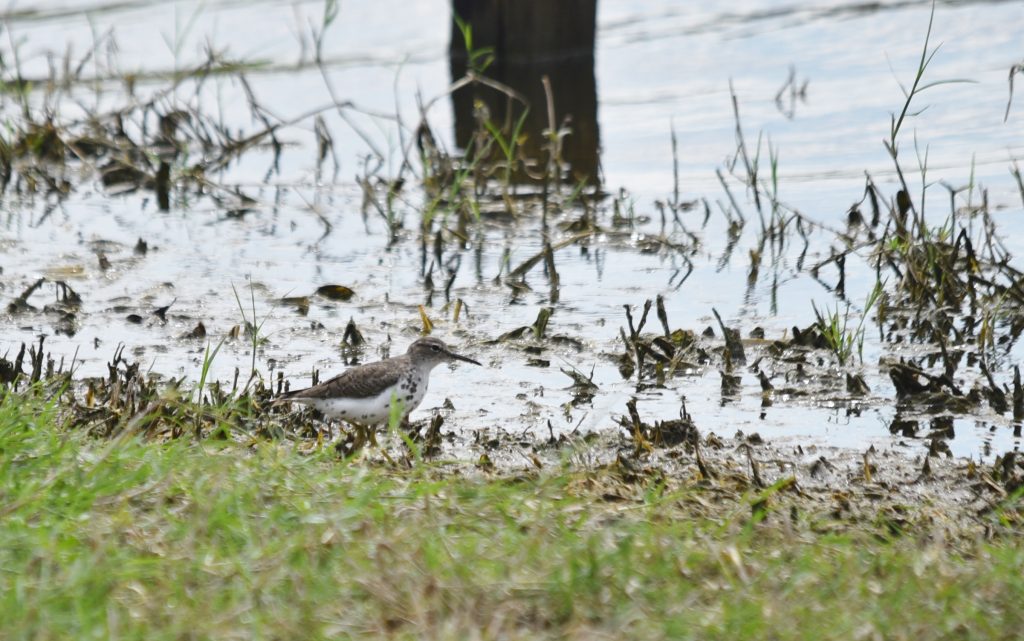
Killdeer and spotted sandpipers forage well together; however, both are shy and run from the slightest movement or quickly fly away, if the danger persists.
Spotted sandpipers camouflage well with their olive-brown upperparts and white underparts; large, dark brown breast spots are their distinguishing feature. Their wingspan is 13 to 14 inches.
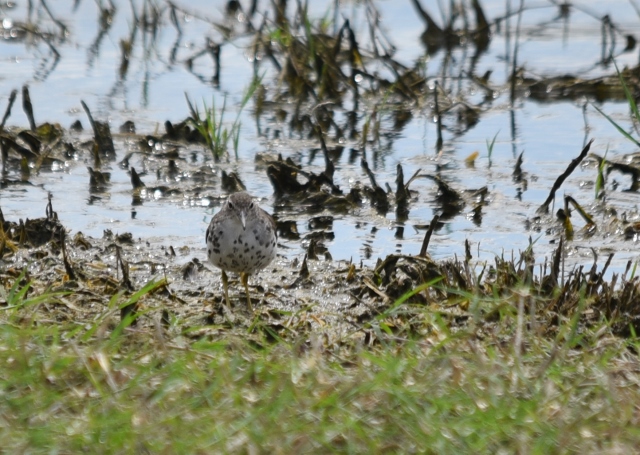

Leave a Reply